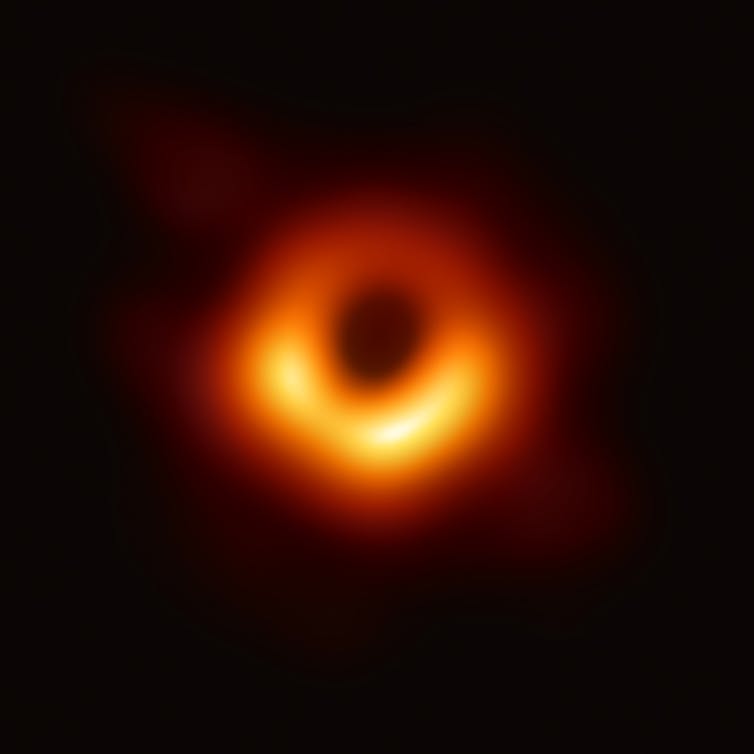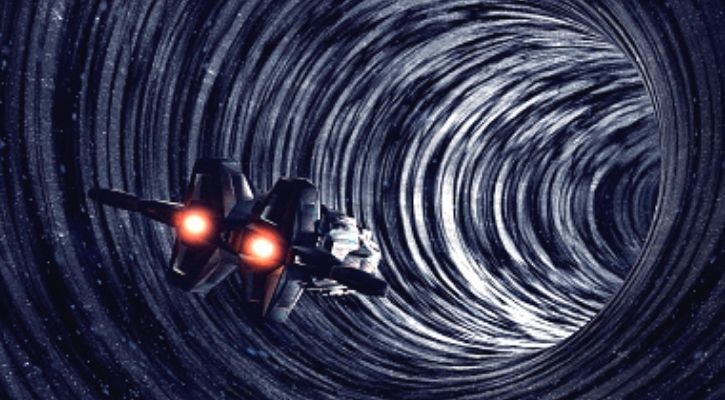8 Easy Facts About The far-out future: wormholes and time machines Described

Not known Details About Popping the Cork on Wormhole Travel - Science - AAAS
When the infalling excellent matter is included to a diagram of a black hole's history, it gets rid of the part of the diagram corresponding to the white hole interior area, along with the part of the diagram representing the other universe. Research It Here , Rosen bridge was found by Ludwig Flamm in 1916, a couple of months after Schwarzschild published his option, and was discovered by Albert Einstein and his associate Nathan Rosen, who published their lead to 1935.

Black Holes, Wormholes, and Time Travel - YouTube
Fuller released a paper showing that this kind of wormhole is unsteady if it connects two parts of the very same universe, and that it will pinch off too quickly for light (or any particle moving slower than light) that falls in from one exterior region to make it to the other outside region.

Wormholes and time travel - #LoveIrishResearch - Irish Research Council
How Wormholes as Time Machines - NOVA - PBS can Save You Time, Stress, and Money.
In the Einstein, CartanSciama, Kibble theory of gravity, nevertheless, it forms a routine Einstein, Rosen bridge. This theory extends basic relativity by getting rid of a constraint of the proportion of the affine connection and concerning its antisymmetric part, the torsion tensor, as a dynamic variable. Torsion naturally represents the quantum-mechanical, intrinsic angular momentum (spin) of matter.

Such an interaction prevents the formation of a gravitational singularity. [] Rather, the collapsing matter reaches an enormous however limited density and rebounds, forming the opposite of the bridge. Although Schwarzschild wormholes are not traversable in both instructions, their existence inspired Kip Thorne to imagine traversable wormholes produced by holding the "throat" of a Schwarzschild wormhole open with unique matter (material that has negative mass/energy). [] Other non-traversable wormholes include Lorentzian wormholes (first proposed by John Archibald Wheeler in 1957), wormholes developing a spacetime foam in a general relativistic spacetime manifold portrayed by a Lorentzian manifold, and Euclidean wormholes (called after Euclidean manifold, a structure of Riemannian manifold).
What Does Travel through wormholes is possible, but slow - Phys.org Mean?
Numerous physicists, such as Stephen Hawking, Kip Thorne, and others, argued that such effects might make it possible to support a traversable wormhole. The only known natural process that is theoretically predicted to form a wormhole in the context of general relativity and quantum mechanics was put forth by Leonard Susskind in his ER = EPR guesswork.
